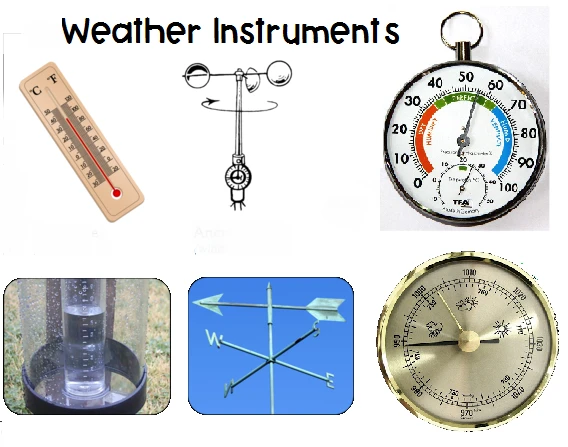Weather Instruments: Essential Tools for Meteorological Observations

# Weather Instruments: Essential Tools for Meteorological Observations
Introduction to Weather Instruments
Weather instruments play a crucial role in meteorological observations, helping scientists and researchers gather accurate data about atmospheric conditions. These tools have evolved significantly over time, from simple mercury thermometers to sophisticated digital devices that can measure multiple parameters simultaneously.
Common Types of Weather Instruments
Thermometers
Thermometers measure air temperature, one of the most fundamental weather parameters. Modern digital thermometers provide quick and precise readings, while traditional mercury or alcohol thermometers remain reliable for many applications.
Barometers
Barometers are essential for measuring atmospheric pressure, which helps predict weather changes. Mercury barometers were historically common, but today’s aneroid and digital barometers offer more convenience and portability.
Hygrometers
These instruments measure humidity levels in the air. Psychrometers (wet-and-dry bulb thermometers) were traditionally used, while modern electronic hygrometers provide instant digital readings.
Anemometers
Anemometers measure wind speed and sometimes direction. Cup anemometers are widely recognized, while ultrasonic and hot-wire anemometers offer advanced capabilities for specialized applications.
Rain Gauges
Simple yet effective, rain gauges collect and measure precipitation. Standard cylindrical gauges are common, while tipping bucket rain gauges provide automated measurements for weather stations.
Advanced Weather Measurement Tools
Weather Stations
Modern weather stations combine multiple instruments into integrated systems that can measure temperature, humidity, pressure, wind, and precipitation simultaneously. Many connect to computers or smartphones for data logging and analysis.
Radar Systems
Weather radar detects precipitation, its motion, and intensity. Doppler radar can also measure wind speed and direction, making it invaluable for severe weather monitoring.
Satellite Instruments
Weather satellites carry sophisticated instruments that monitor Earth’s atmosphere from space, providing global coverage of weather patterns, cloud formations, and atmospheric conditions.
The Importance of Accurate Weather Instruments
Reliable weather instruments are essential for:
- Weather forecasting and warnings
- Climate research and monitoring
- Agriculture and farming decisions
- Aviation and maritime safety
- Construction and outdoor event planning
Maintenance and Calibration
To ensure accurate measurements, weather instruments require regular:
- Cleaning to prevent debris buildup
- Calibration against known standards
- Protection from extreme conditions when possible
- Periodic replacement of worn components
Conclusion
Weather instruments form the foundation of meteorological science, providing the data needed to understand and predict atmospheric conditions. As technology advances, these tools continue to become more precise, reliable, and accessible, benefiting everyone from professional meteorologists to weather enthusiasts.
Keyword: wether instruments
